They should not be left at the mercy of the Taliban and civil societies in all democracies should ensure that they have equal rights and freedom
As the world is pre-occupied with dealing with the COVID-19 pandemic, and individual countries solve their respective specific problems, such as India with its confrontation with China, the fate of Afghan women has received little attention. No Government seems to be bothered by the fact that a political order in Afghanistan, shaped according to the Taliban’s dictates, may once again relegate them to virtual house arrest and deprive them of almost all freedoms, including the economic activity of their choice, and independent access to healthcare — as they were during the Taliban rule from 1994 to 2001.
In a report titled The Taliban’s War on Women: A Health and Human Rights Crisis in Afghanistan, Physicians for Human Rights, a respected human rights organisation based in the United States, presented a nightmarish picture of the condition of Afghan women under Taliban rule. It wrote: “The Taliban was the first faction laying claim to power in Afghanistan, which had targetted women for extreme repression and punished them brutally for infractions. To our knowledge, no other regime in the world had methodically and violently forced half of its population into virtual house arrest, prohibiting them on the pain of physical punishment, from showing their faces, seeking medical care without a male escort or attending school.
“It is difficult to find another Government or would-be Government that has created such poverty by arbitrarily depriving half the population under its control of jobs, schooling, mobility and healthcare. Such restrictions are literally life-threatening to the women and their children.”
Lt-Gen Kamal Matinuddin (Retd) of the Pakistan Army wrote in Taliban Phenomenon: Afghanistan 1994-97, “Girls are being denied education, women have been prevented from working. If they leave their house, they have to be covered from head to foot with a veil (burqa); besides being veiled, women have to be accompanied by a male relative when they venture out on the streets. Shopkeepers have been directed not to sell goods to unveiled women. Rickshaw drivers are not to pick up women passengers unless they are fully covered. Women caught violating these rules are imprisoned, as are the shopkeepers and rickshaw-drivers.”
Things began to change after the Taliban were booted out of power in 2001 by US-led coalition forces. As George R Allen and Wanda Felbab-Brown state in their paper, Fate of Women’s Rights in Afghanistan, which is a part of Brookings Institution’s 19A: Gender Equality Series, “The post-Taliban constitution in 2004 gave Afghan women all kinds of rights, and the post-Taliban political dispensation brought social and economic growth that significantly improved their socio-economic condition.” They further state that against fewer than 10 in 2003, the percentage of girls enrolled in primary schools rose to 33 in 2017. Registered female enrolment in secondary schools rose from six to 39 per cent in the same period. Three-and-a-half million Afghan girls were in school with 1,00,00 studying in universities. They further say, “By 2020, 21 per cent of Afghan civil servants were women (compared with almost none during the Taliban years), 16 per cent of them in senior management levels; and 27 per cent of Afghan members of Parliament were women.”
These gains are no doubt unevenly distributed. The beneficiaries have mainly been urban women. According to Allen and Felbab-Brown, in rural Afghanistan, where 76 per cent of Afghanistan’s women live, life has not changed much from the Taliban era, their formal legal empowerment notwithstanding. This goes particularly for Pashtun areas besides others where rural minority ethnic groups live. They have to get permission from men in their families to access health care, attend school and work. Many Afghan men are deeply conservative. Typically, families allow their girls to have a primary or secondary education — usually up to puberty — and then arrange their marriage. Even if the male guardian of a young woman permits her to attend a university, she may not be allowed to work after graduation. Also, rural women have to bear much of the brunt of the devastating conflict between the Taliban and Government forces and local militia. Loss of husbands, brothers and fathers to the fighting causes severe psychological trauma and fundamentally jeopardises their economic survival and ability to go about everyday life.
As a result, attitudes differ. While women in rural areas want peace — many of them even on the Taliban’s terms — urban women generally want the Government not to give in and accept a political order in which the Taliban can implement their retrograde gender and social agenda. Hence, the question: Are the Taliban prepared to moderate their stance and, if so, to what extent?
Borhan Osman and Anand Gopal write in Afghan Views on a Future State; (With an introduction by Barnett Rubin: NYU/Centre on International Cooperation), “a number of interviewees emphasised that Taliban redlines lie not with female education as such, but rather with co-ed or wholly secular education, which accords with views voiced even by Mullah Omar.” They said they did not object to women working or to the education of women in their country. However, what they objected to and prevented by force was if this work or education breached Islamic Shari’a. Nowadays, there were scores of schools, especially for girls in the area under the Islamic Emirate, and women performed jobs such as “teaching of girls and medicine for women.” They further said, “We encourage this and we call for it on condition that hospitals for females are segregated from hospitals for males, and on condition that the work conditions are in harmony with Islamic Shari’a, not to satisfy instincts, whims and lust. We do not care if the West or the world complain about us in this respect. All we want is to establish Islamic Shari’a in Afghanistan; we do not care who is satisfied and who is not satisfied.
“Similarly, several interviewees presently active in the movement said that an Islamic State should not only allow women to go to school, but it must encourage them; indeed, the State should use its resources toward this end. The condition for such education is that girls should observe the proper hijab and that there should be full segregation. There appears to be little change on the view of women’s right to work, however. Most interviewees accepted the need of women in the sectors of health and education, and in any Government department dealing with women and children. Beyond that, there appears to be little enthusiasm for the idea of women holding public office or working in businesses not dealing with females or children.”
What all this adds up to is a far cry from what Afghan women — at least those in urban areas — enjoy in terms of opportunities, rights and freedoms. Women in rural areas doubtless lag behind. They, however, legally have the right to the opportunities available in the cities and, a great deal of their distress will disappear when peace returns — a goal that seems distant but should not be abandoned. Besides, the most important question is whether what the Taliban means what they say or are peddling falsehoods aimed at persuading the Americans to take a less stringent line with them.
In an article titled The false inclusivity of the Taliban’s emirate (www.aljazeera.com), Mehdi J Hakimi writes, “Notwithstanding repeated claims that they support women’s rights, for instance, the Taliban has continued to attack girls’ schools. Also, women and young people, while comprising most of the country’s population, are conspicuously missing from the Taliban’s negotiating team. Moreover, despite Afghanistan’s rich pluralism and cultural mosaic, there is extremely little ethnic, religious, linguistic, cultural and professional diversity within their ranks. This absence…tells us, through calibrated action rather than hollow rhetoric, who is actually welcome in the Taliban’s emirate.”
Referring to the “blatant inconsistency between the Taliban’s mantra of inclusion and praxis of exclusion, this early in the intra-Afghan talks,” and their reneging on their “counter-terrorism pledges to the United States by continuing to operate closely with al-Qaeda,” Hakimi concludes by writing that the Islamic emirate’s recurring duplicity “must serve as a reminder of the perils of hastily taking a leap of faith towards the Taliban. A lasting peace, after all, is possible only through a genuinely inclusive process — not through one masquerading as such.”
Clearly, there is no guarantee that the Taliban will implement even their currently professed stand on the opportunities and freedoms they would grant women — which themselves fall far short of what Afghan women enjoy now — when they are in power. Afghan women are in peril. Civil societies in all democracies must press on their Governments not to abandon them.
(The writer is Consultant Editor, The Pioneer, and an author)







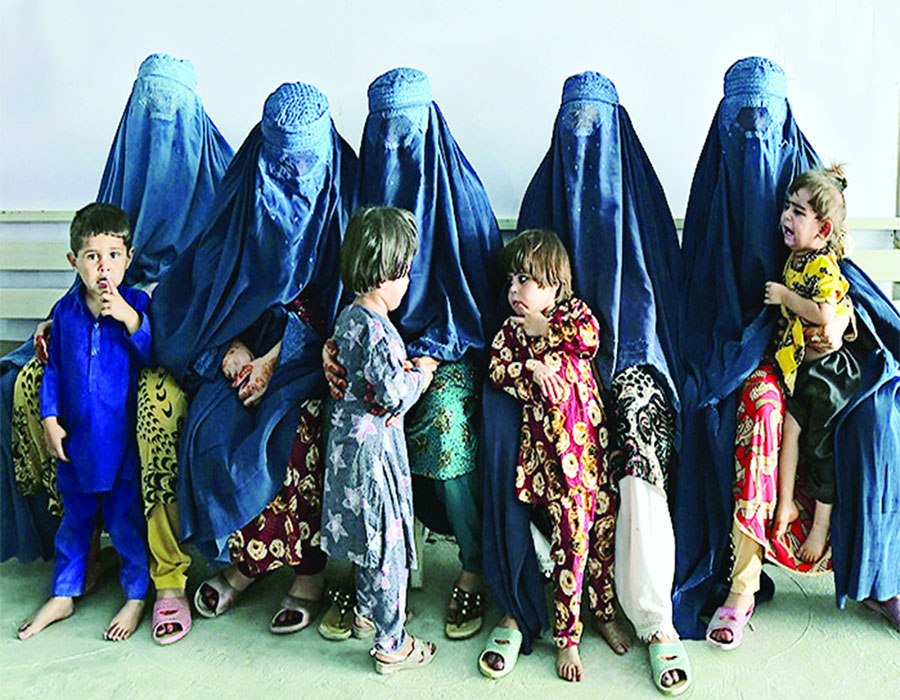
 OpinionExpress.In
OpinionExpress.In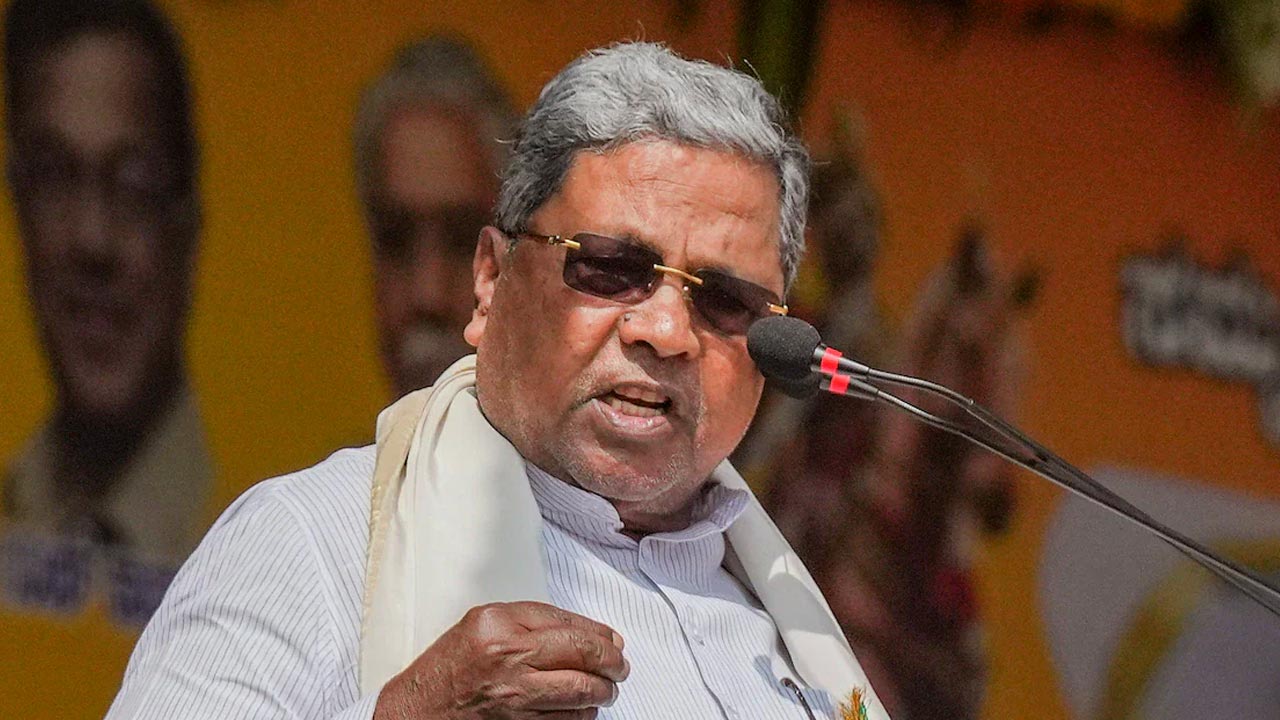
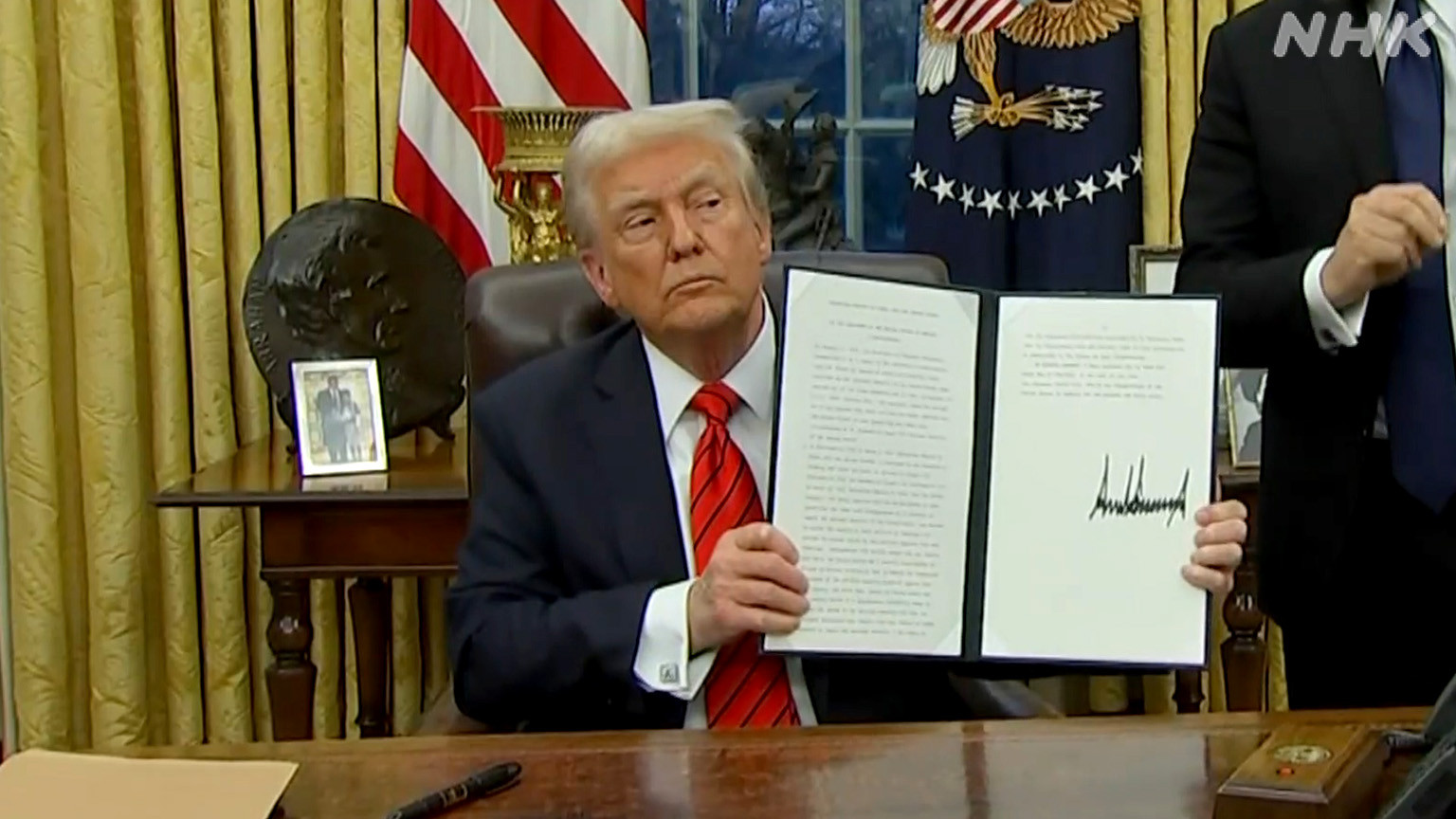
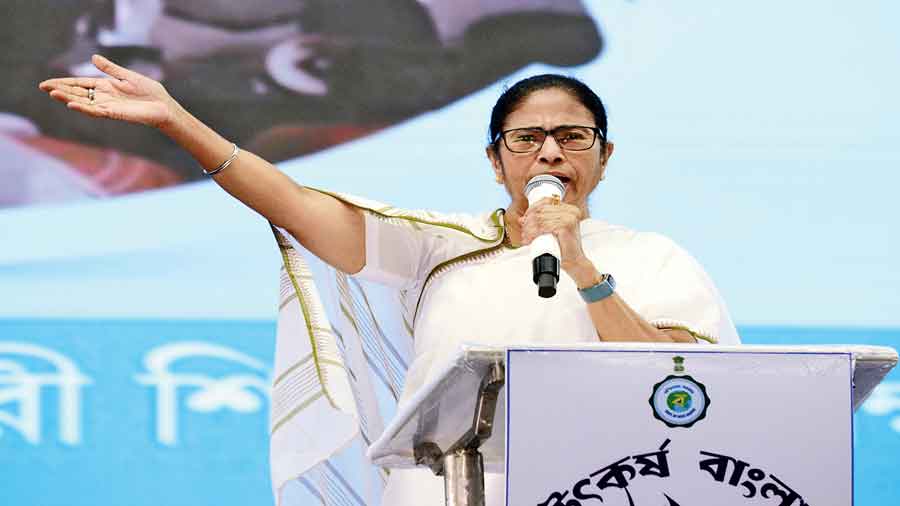
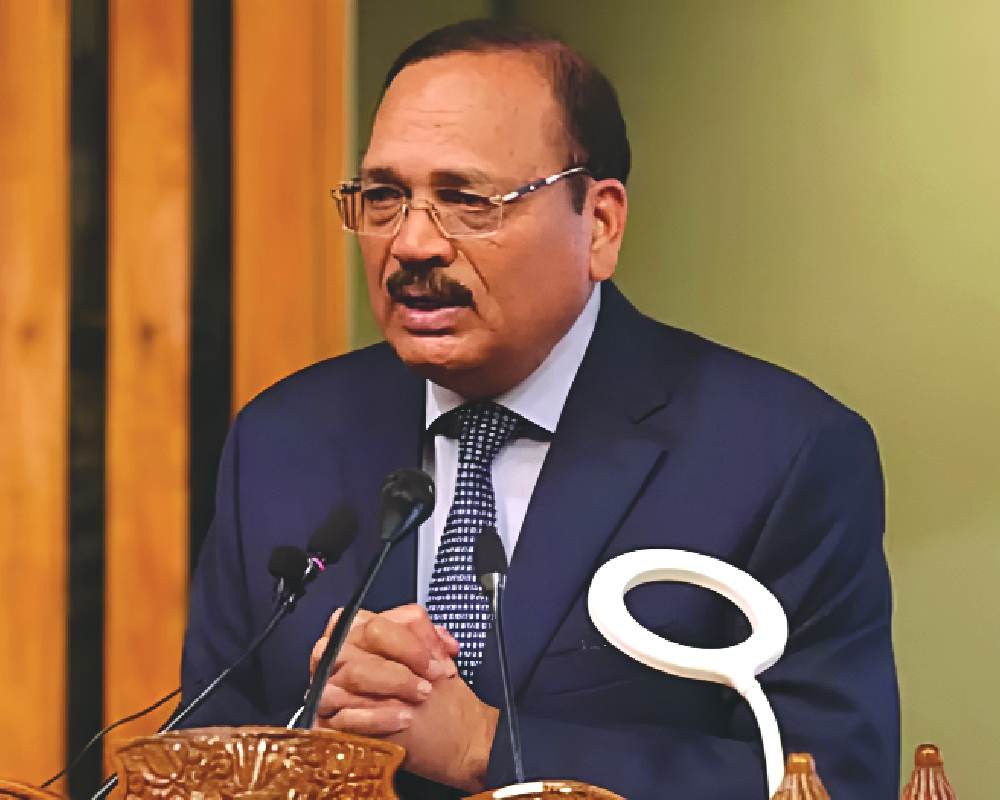
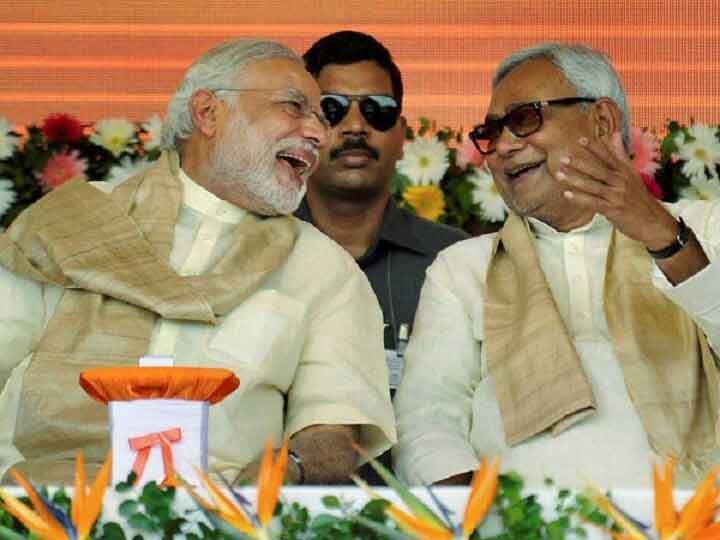

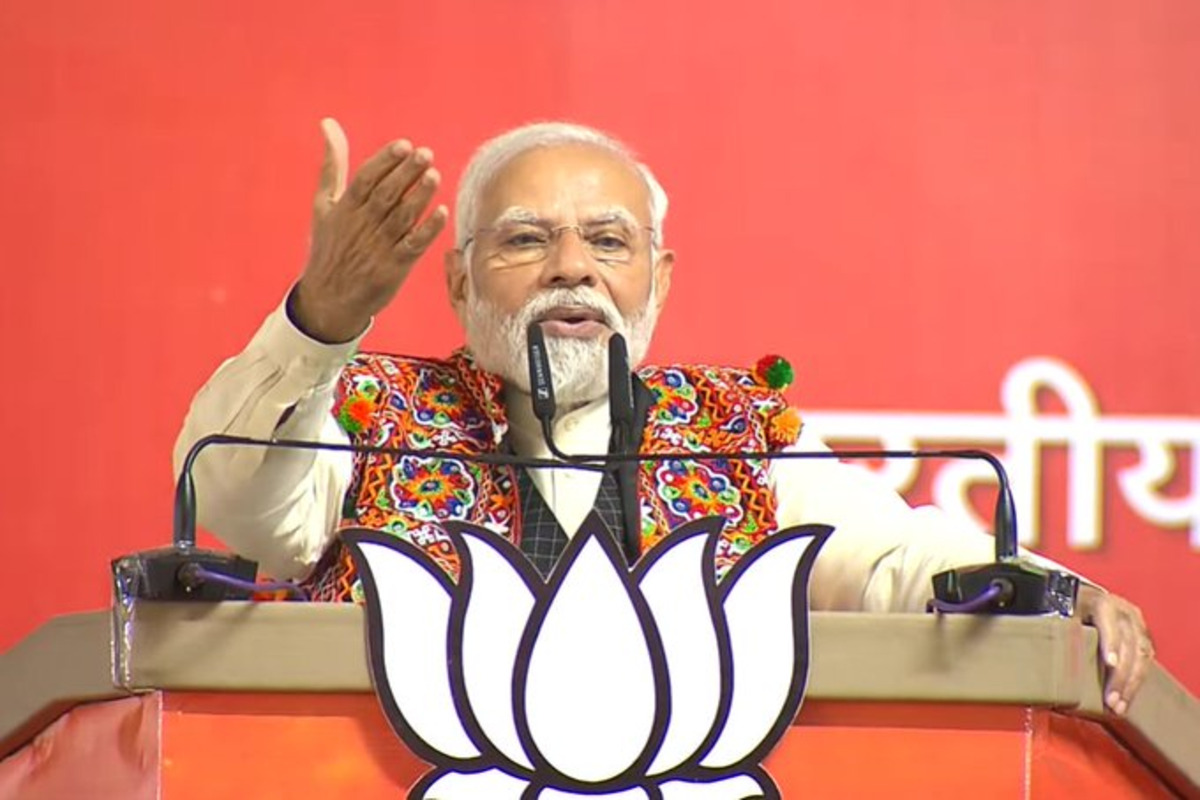

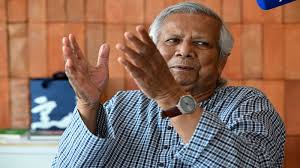
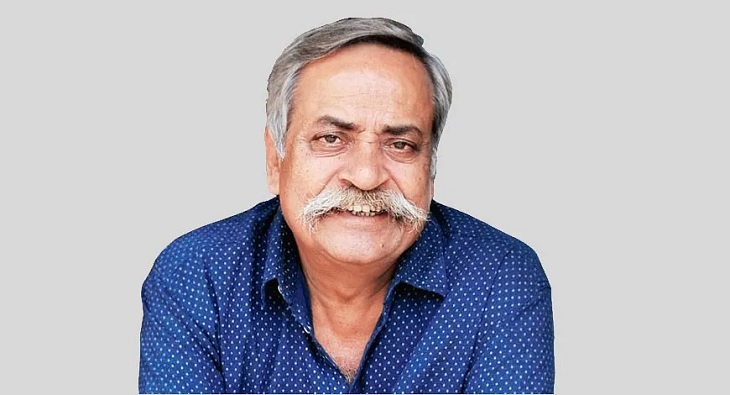






Comments (0)